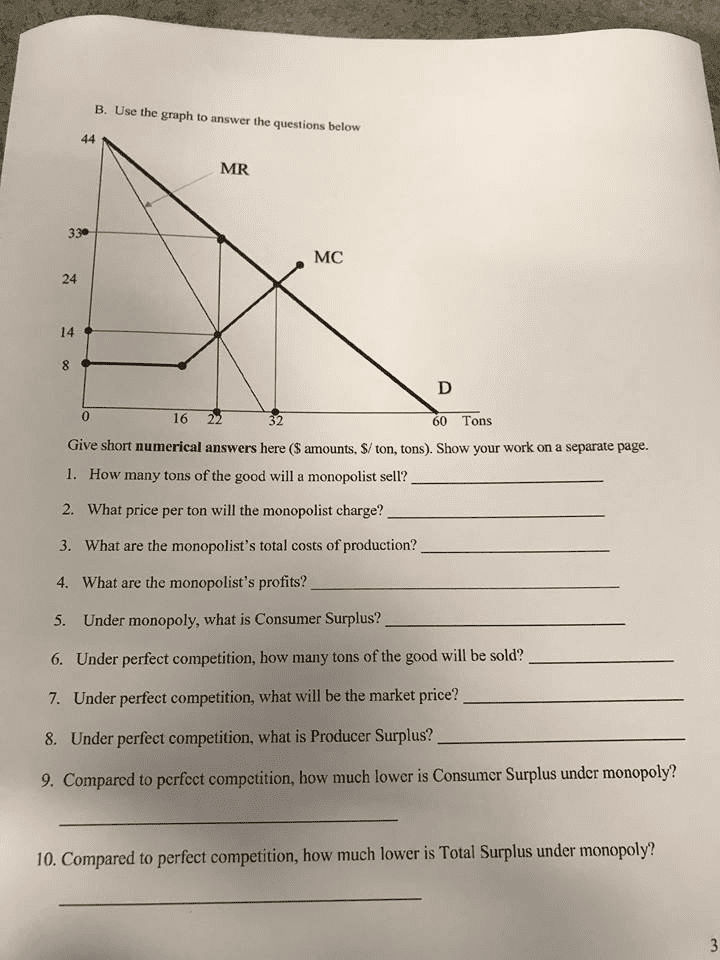
raspberryantelope876
0 Followers
0 Following
0 Helped
I am Neetu Bala. I am accomplished academic with a strong foundation in Mathematics and Economics. I have earned a Bachelor of Science (B.Sc.) degree in these subjects, provid...
11 Oct 2023
Answer: Step-by-step explanation:**a) Confidence in Kelsier's Estimate:**Kelsi...
11 Oct 2023
Answer: Step-by-step explanation:To answer these questions, we can use the bin...
11 Oct 2023
Answer: Step-by-step explanation:(a) Probability that a part is defective (ten...
11 Oct 2023
Answer: Step-by-step explanation: 1. Plastic bags used for packaging produce a...
11 Oct 2023
Answer: Step-by-step explanation:Let's solve these problems step by step.**Pro...
11 Oct 2023
Answer: Step-by-step explanation:To find the probability that the average amou...
11 Oct 2023
Answer: Step-by-step explanation:To calculate the standard error of the sample...
11 Oct 2023
Answer: Step-by-step explanation:To find the standard error of the sample mean...
11 Oct 2023
Answer: Step-by-step explanation: To solve these probability questions, you ca...
11 Oct 2023
Answer: Step-by-step explanation: To solve these probability questions, you ca...
6 Oct 2023
Answer: Step-by-step explanation:A strong password is essential for ensuring t...
6 Oct 2023
Answer: Step-by-step explanation:The Diels-Alder reaction is a powerful tool i...
6 Oct 2023
Answer: Step-by-step explanation: Routers and modems are both devices used in ...
6 Oct 2023
Answer: Step-by-step explanation: **Network Topology** refers to the arrangeme...
6 Oct 2023
Answer: Step-by-step explanation: D. The ions move down their electrochemical ...
6 Oct 2023
Answer: Step-by-step explanation: During photosynthesis, various types of ener...
6 Oct 2023
Answer: Step-by-step explanation:b) Electronegativity is inversely correlated ...
6 Oct 2023
Answer: Step-by-step explanation: **1. Impact of Falling Oil Prices on FDI int...
6 Oct 2023
Answer: Step-by-step explanation:I understand that you need assistance filling...
6 Oct 2023
Answer: Step-by-step explanation: Software process activities, also known as s...
6 Oct 2023
Answer: Step-by-step explanation: Let's tackle each part of the problem step b...
6 Oct 2023
Answer: Step-by-step explanation: Prototyping is a key technique used in syste...
6 Oct 2023
Answer: Step-by-step explanation: Certainly, let's break this down in human la...
6 Oct 2023
Answer: Step-by-step explanation: In the context of databases and data modelin...


